Companion Planting With Agapanthus: Good Companion Plants For Agapanthus
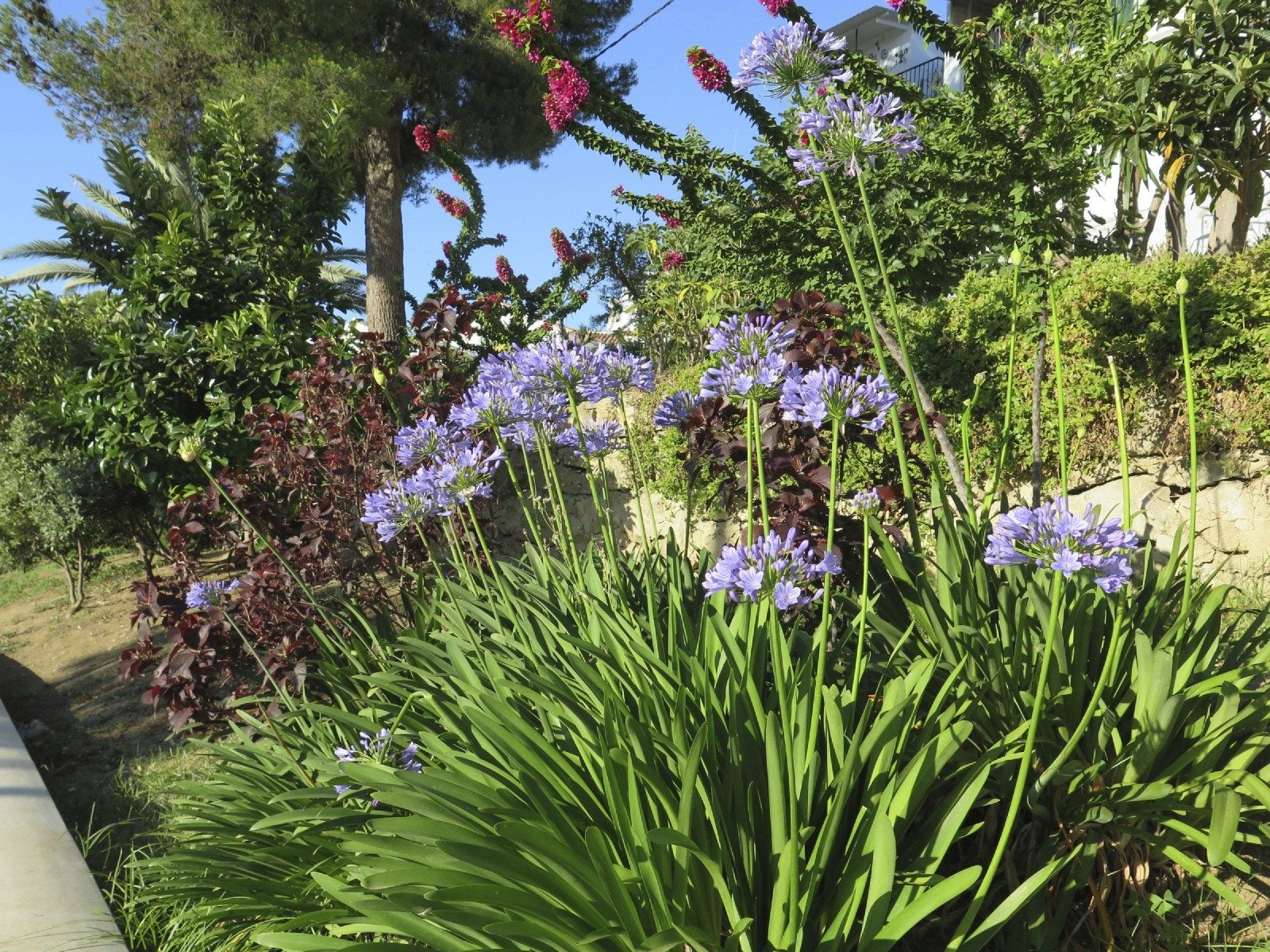

Agapanthuses are tall perennials with gorgeous blue, pink, or purple flowers. Also called Lily of the Nile or Blue African Lily, agapanthus is the queen of the late summer garden.
Although you may be tempted to dedicate a flower bed to agapanthus, remember that agapanthus companion plants can complement these beauties. Read on for information about plants that grow well with agapanthus.
Companion Planting with Agapanthus
Once you know about plants that grow well with agapanthus, you can select agapanthus companion plants for your garden. The first thing to keep in mind is that companion plants for agapanthus must share the flower’s preferences for temperature, soil, and sun. Agapanthus thrives in USDA plant hardiness zones 7 through 11.
This perennial can reach 5 feet (1.5 m.) tall, depending on variety, and looks most attractive grown in masses of color. Dwarf agapanthus, such as Peter Pan or Agapetite, may grow only to 24 inches (61 cm.), or even shorter. Agapanthus plants require well-draining soil and full to partial sun to grow happily.
In cooler regions, plant them in full sun; in warmer climes, partial sun works best. While these blue African lilies require regular irrigation, they’ll be happiest if you allow the soil to dry out between drinks.
Plants That Grow Well with Agapanthus
Fortunately, many plants share agapanthus’s growing requirements, so you will have a wide selection of potential companion plants for agapanthus. You’ll want to take into account the type of agapanthus you have growing in your garden, and your favorite color schemes.
One strategy when choosing agapanthus companion plants is to pick plants that complement the shape of your plant, with its pencil-thin stems topped with globes of blossoms. Other plants that offer long leaves and showy flowers include iris, daylilies, and allium. Another strategy you might employ to pick companion plants for agapanthus is to focus on color.
Gardening tips, videos, info and more delivered right to your inbox!
Sign up for the Gardening Know How newsletter today and receive a free copy of our e-book "How to Grow Delicious Tomatoes".
If you have a vibrant blue or purple agapanthus, pick flowers in complementary colors, like yellows and oranges. For example, pick yellow and orange daylilies or include a pink butterfly bush to allow the blues and purples of the agapanthus to sizzle.
One other option when you pick companion plants for agapanthus is to focus on height. Plant a tall bush or blooming climber, like wisteria, that pulls the eye upward.
Or you might plant dwarf agapanthus with hydrangea, and then add spiky birds of paradise, wild purple coneflowers, or Shasta daisies. Low growing alyssum or dianthus look magical along the border.

Teo Spengler is a master gardener and a docent at the San Francisco Botanical Garden, where she hosts public tours. She has studied horticulture and written about nature, trees, plants, and gardening for more than two decades. Her extended family includes some 30 houseplants and hundreds of outdoor plants, including 250 trees, which are her main passion. Spengler currently splits her life between San Francisco and the French Basque Country, though she was raised in Alaska, giving her experience of gardening in a range of climates.
-
 Looking For Plants To Give You The Soft And Fuzzies? Try These 5 Fuzzy Leaf Plant Options
Looking For Plants To Give You The Soft And Fuzzies? Try These 5 Fuzzy Leaf Plant OptionsLovers of texture, drama, silver foliage and tactile plants will adore these special sensory garden additions. These fuzzy leaf plant options will leave you all aglow
By Susan Albert
-
 Get Ready For A Summer Of Hummers! Grow These Full Sun Hummingbird Plants and Flowers
Get Ready For A Summer Of Hummers! Grow These Full Sun Hummingbird Plants and FlowersIf you’re lucky enough to enjoy a sunny backyard, make sure you are maxing out on your pollinator opportunities and grow these full sun hummingbird plants and flowers
By Tonya Barnett
-
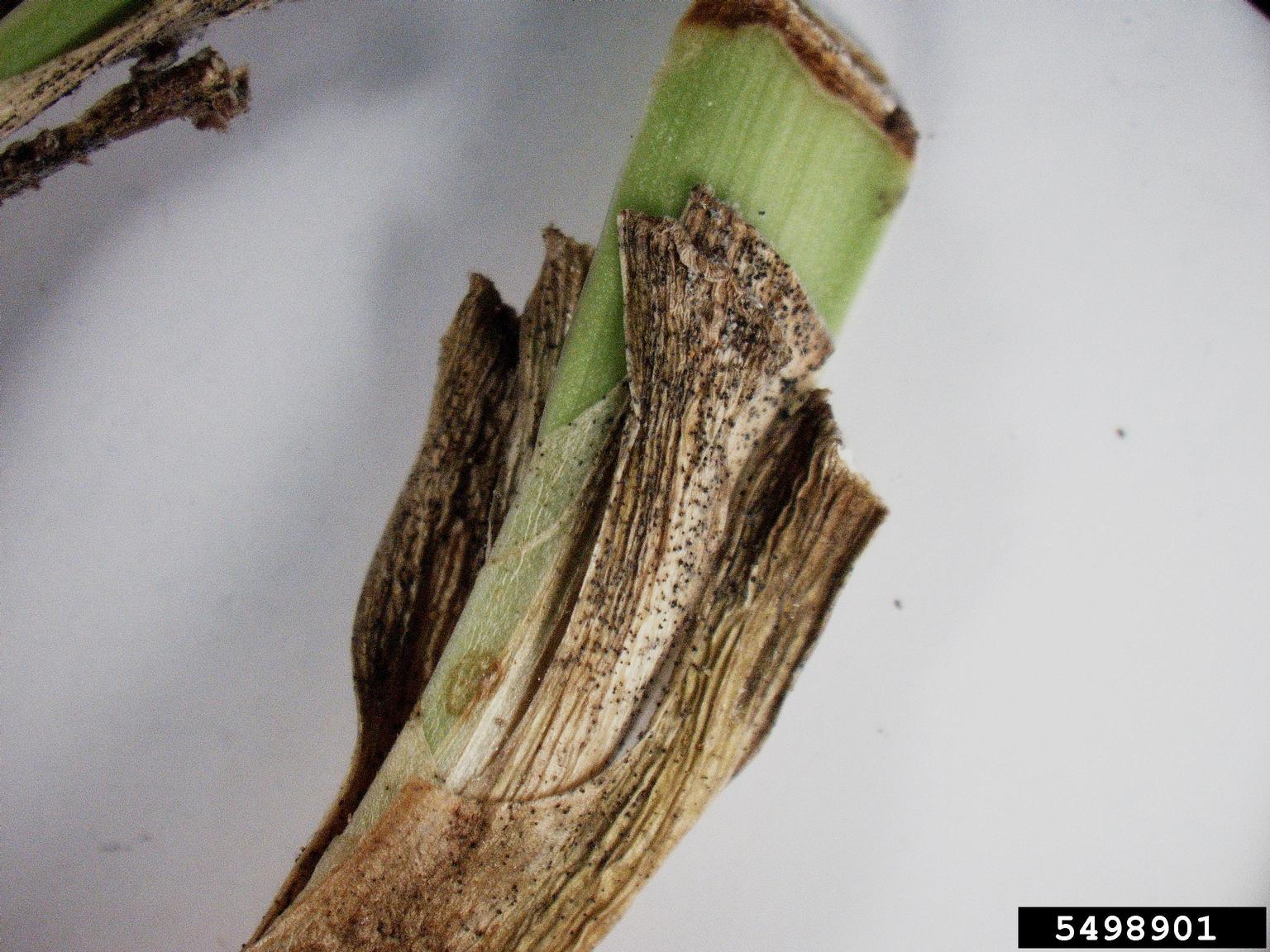 Agapanthus Problems: Tips For Treating Diseases Of Agapanthus Plants
Agapanthus Problems: Tips For Treating Diseases Of Agapanthus PlantsAgapanthus is an attractive flowering perennial native to southern Africa. The plant is easy to care for and often disease free, but some agapanthus problems can be devastating. To learn more about agapanthus diseases and treatment, chick here.
By Liz Baessler
-
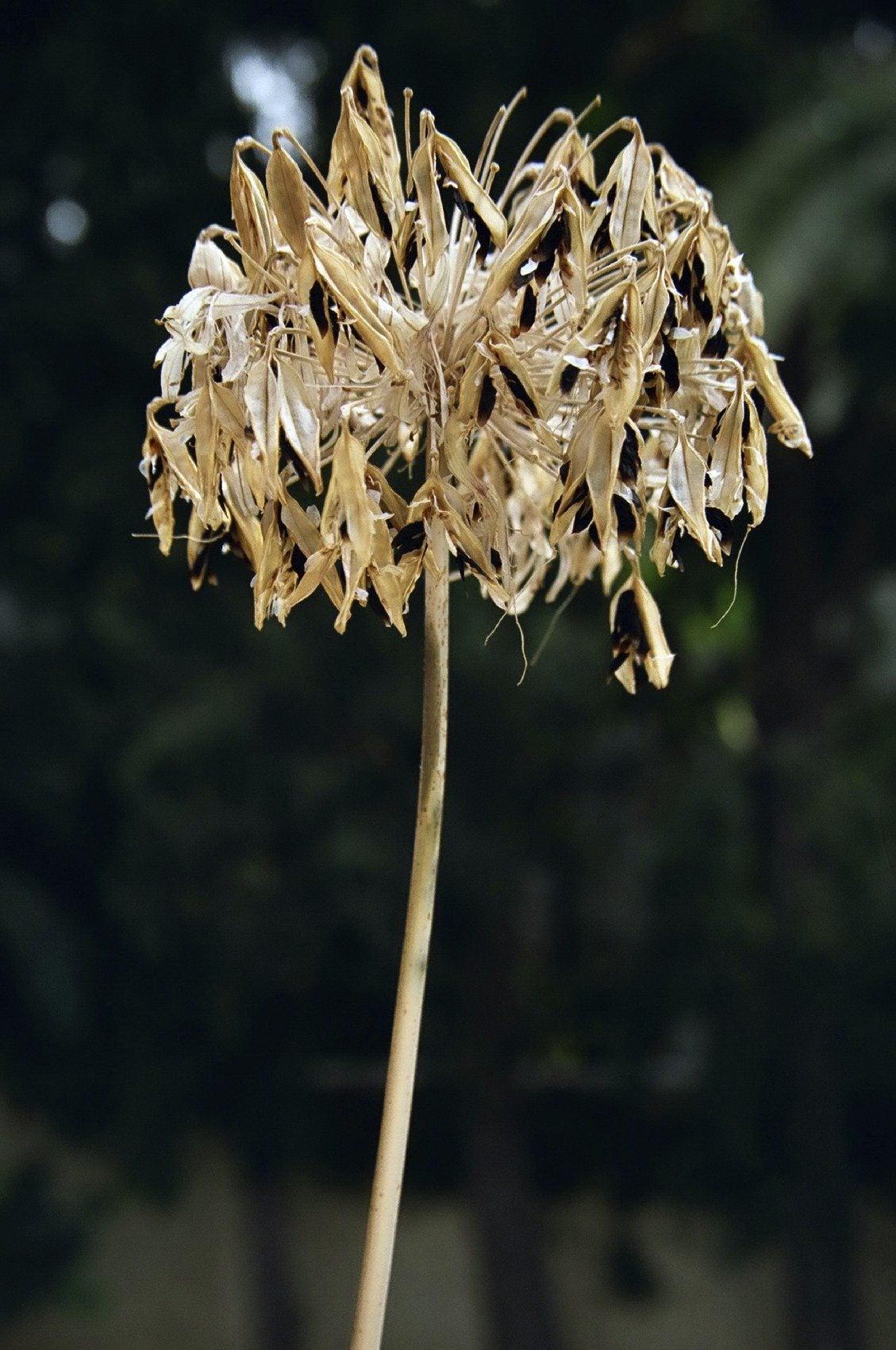 Agapanthus Pruning: Tips On Cutting Back Agapanthus
Agapanthus Pruning: Tips On Cutting Back AgapanthusTrimming agapanthus plants is an easy task that keeps this perennial bloomer from becoming shaggy and overgrown. Learn more about when and how to prune agapanthus plants in the article that follows. Click here.
By Mary H. Dyer
-
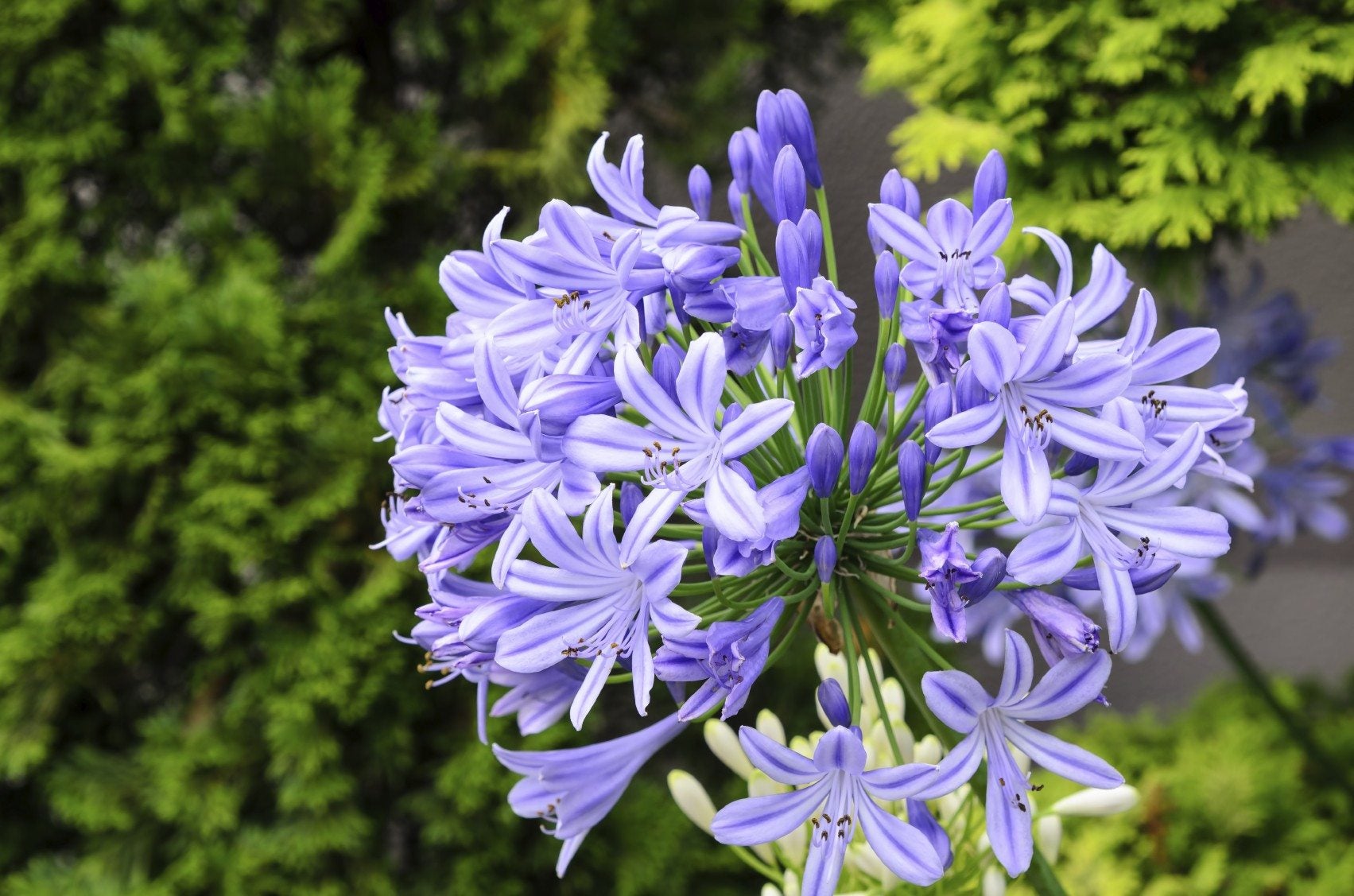 When To Fertilize Agapanthus – Tips On Fertilizing Agapanthus Plants
When To Fertilize Agapanthus – Tips On Fertilizing Agapanthus PlantsAgapanthus is a heavy feeder and does best with organic compost worked into the soil at planting and fertilizer during its growing period. Knowing when to fertilize agapanthus and what formulas to use will ensure big, bountiful blooms and healthy plants. Learn more here.
By Bonnie L. Grant
-
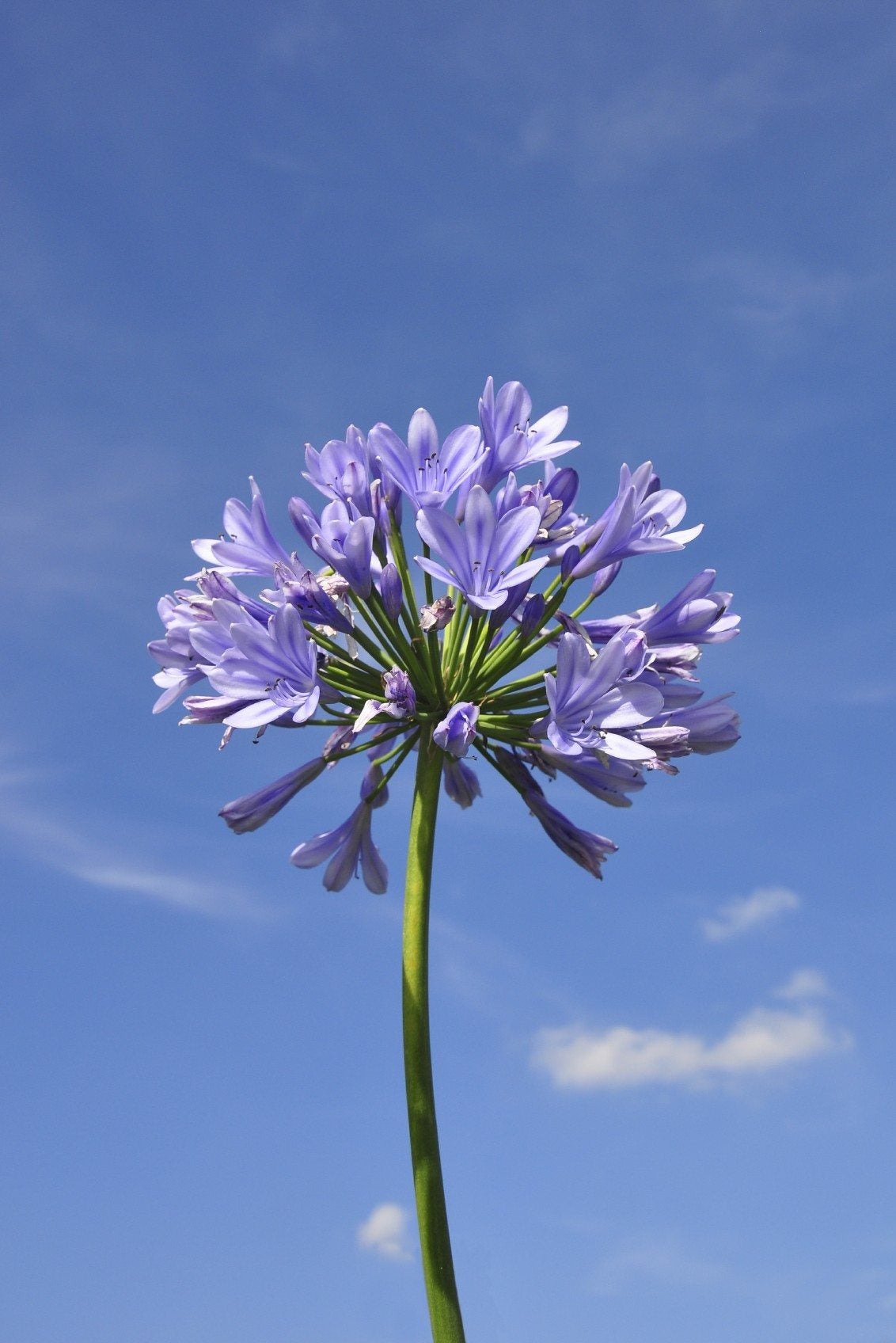 Agapanthus Flowering: Bloom Time For Agapanthus Plants
Agapanthus Flowering: Bloom Time For Agapanthus PlantsAgapanthus plants produce exotic-looking, lily-like blooms that take center stage in the garden. When is agapanthus bloom time and how often does agapanthus bloom? Click this article to find out so you can enjoy their flowers in your garden.
By Mary H. Dyer
-
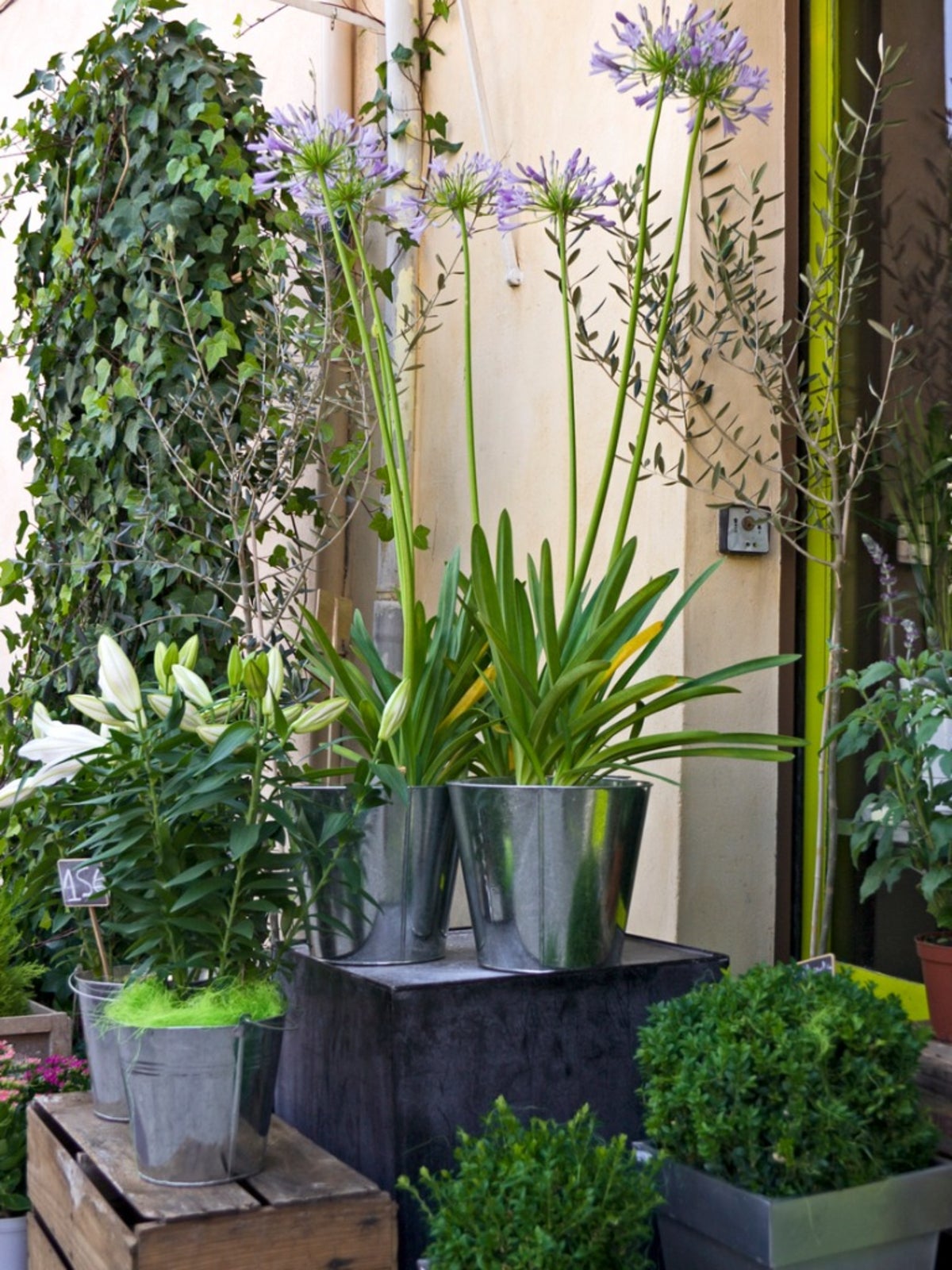 Agapanthus Container Planting: Can You Grow Agapanthus In A Pot
Agapanthus Container Planting: Can You Grow Agapanthus In A PotAgapanthus can be planted directly in the garden, but growing agapanthus in pots is very easy and worthwhile. Click the article that follows to learn more about planting agapanthus in containers and care for agapanthus in pots.
By Liz Baessler
-
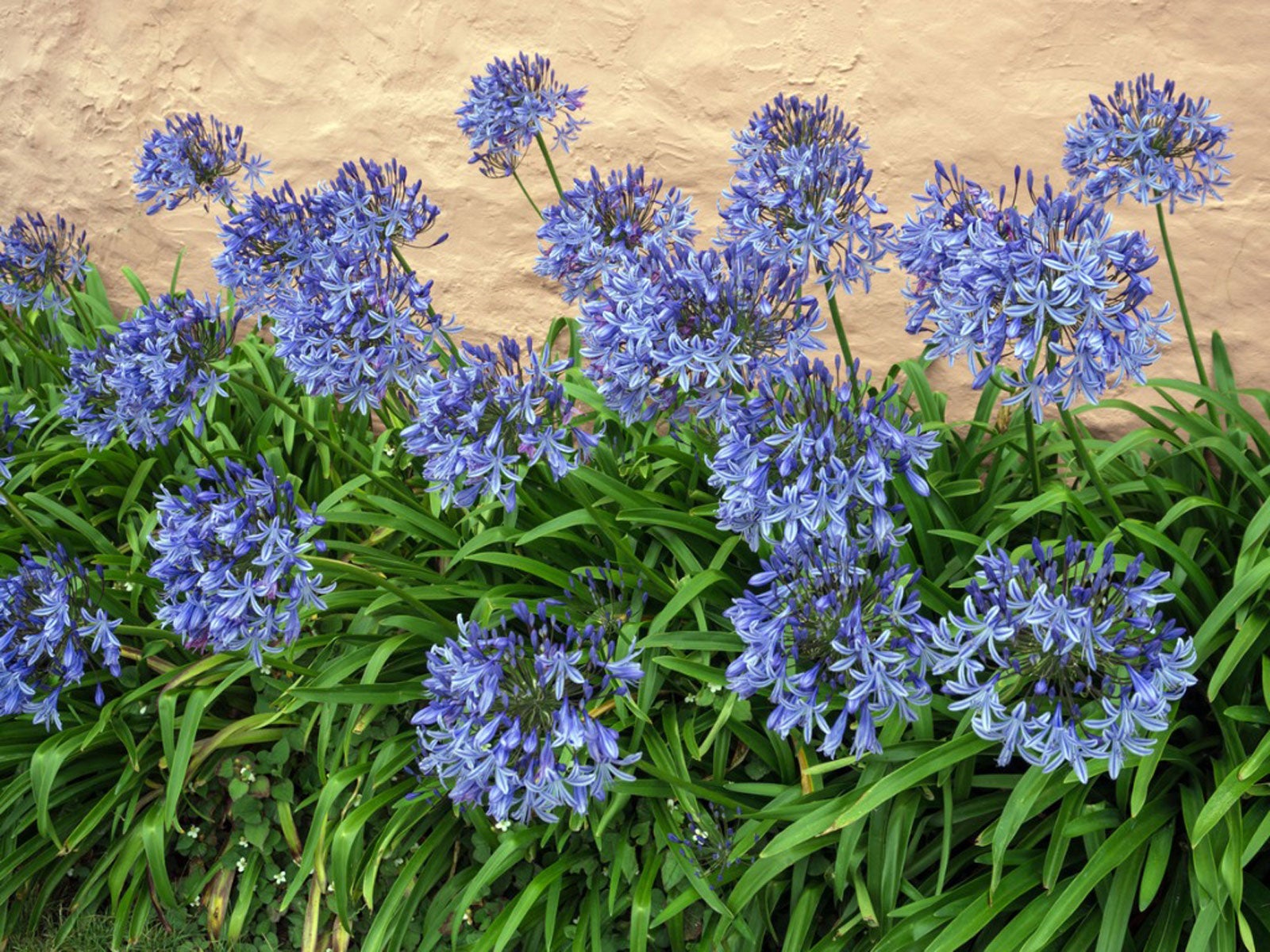 Dividing Agapanthus Plants: When And How To Divide An Agapanthus Plant
Dividing Agapanthus Plants: When And How To Divide An Agapanthus PlantYou can get extra plants by dividing and transplanting agapanthus. Learn more in this article so you can enjoy an endless supply of these flowers.
By Teo Spengler
-
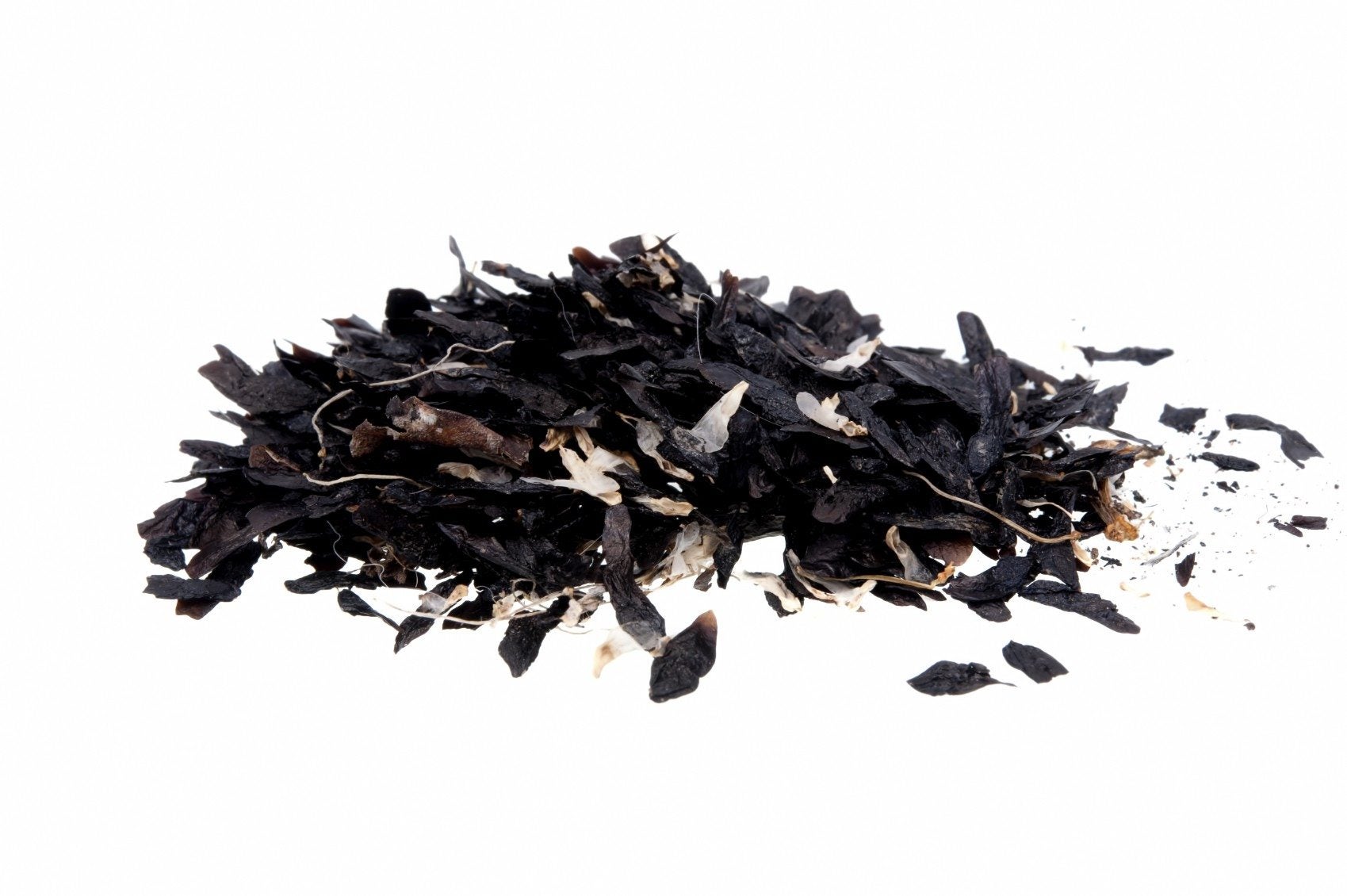 Agapanthus Seed Pods – Tips On Propagating Agapanthus By Seed
Agapanthus Seed Pods – Tips On Propagating Agapanthus By SeedAgapanthus seed propagation isn't difficult, but keep in mind that the plants likely won't produce blooms for at least two or three years. If this sounds like the way to go, read this article to learn about propagating agapanthus by seed, step by step.
By Mary H. Dyer
-
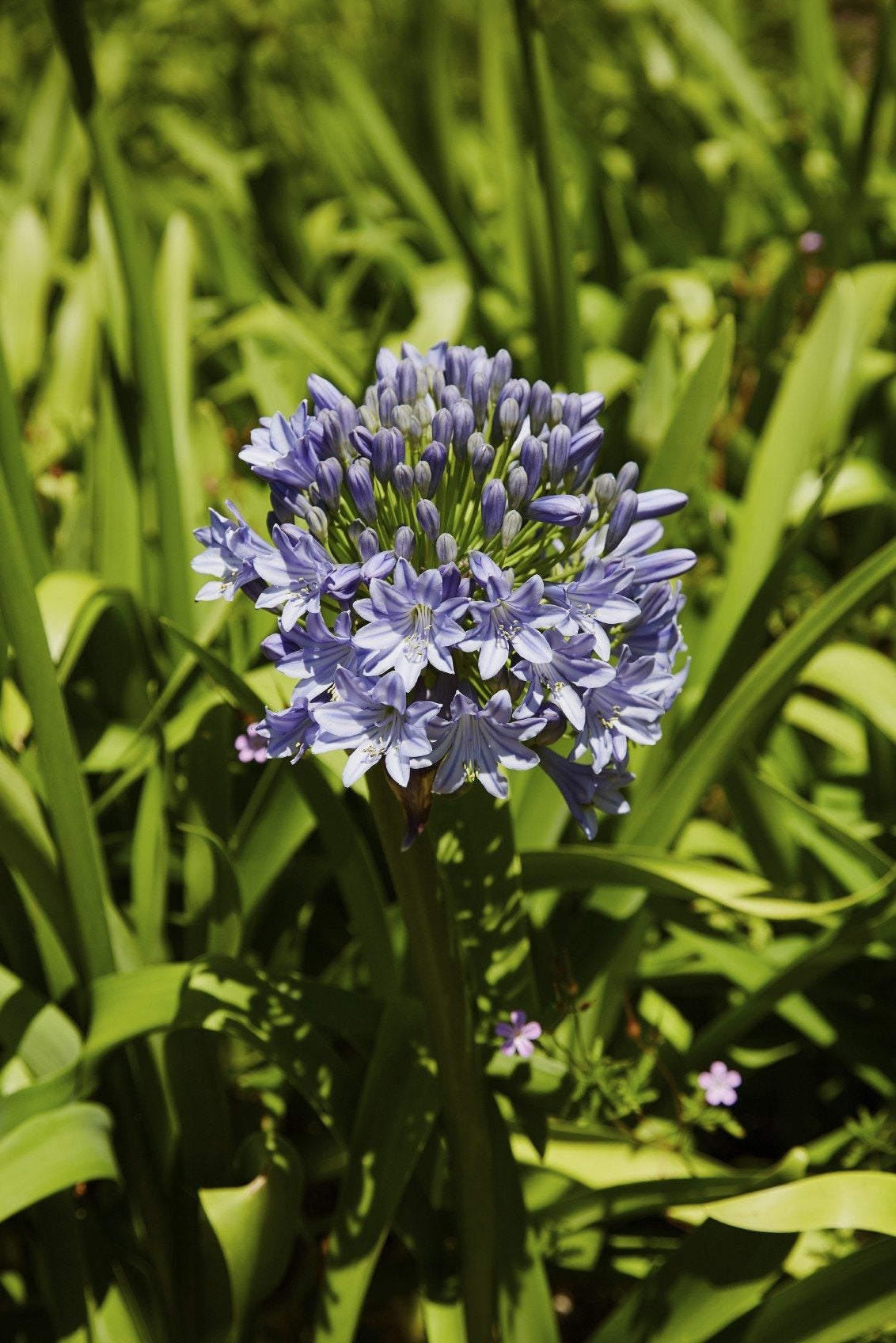 Does Agapanthus Need Winter Protection: What Is The Cold Hardiness Of Agapanthus
Does Agapanthus Need Winter Protection: What Is The Cold Hardiness Of AgapanthusThere is some discrepancy in the cold hardiness of Agapanthus. A U.K. gardening magazine undertook a trial in southern and northern climates to determine the cold hardiness of Agapanthus and the results were surprising. Learn more here.
By Bonnie L. Grant